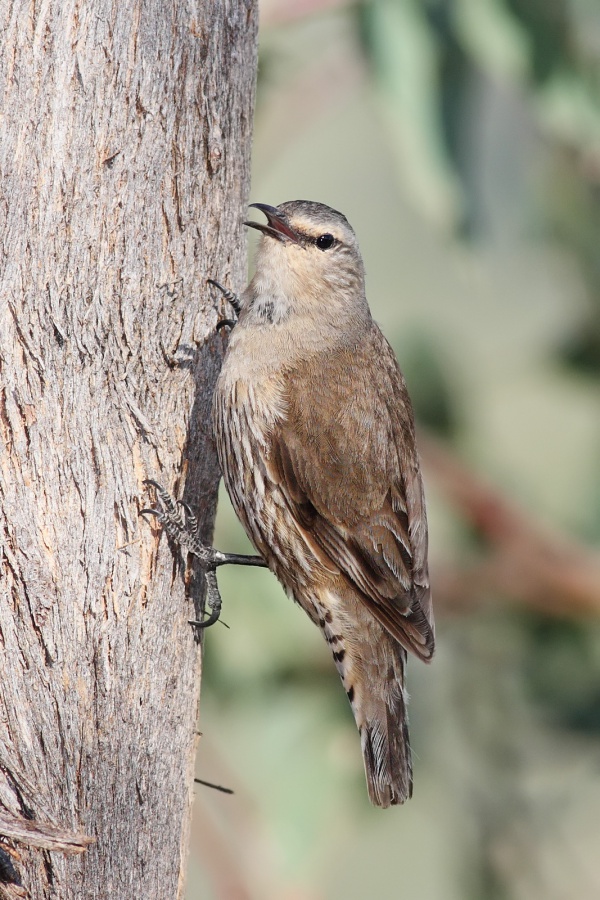Facts About Brown treecreeper
The brown treecreeper is the largest of the Australasian treecreepers, primarily found in eastern Australia, ranging from Cape York down to South Australia. These birds favor eucalypt-dominated woodlands but typically avoid dense, shrubby areas. They belong to a cohort of six treecreeper species in Australia and are closely related to the rufous and black-tailed treecreepers. Three recognized subspecies exist, each exhibiting slight variations in appearance and distribution.
Although the brown treecreeper is generally classified as of "least concern" by the IUCN, the victoriae subspecies is listed as Vulnerable in New South Wales. These birds measure about 16.5 centimeters in length, featuring light grey-brown feathers with distinctive breast markings. Their diet primarily comprises ants, beetles, and insect larvae, which they forage from the ground and tree surfaces.
Brown treecreepers are social birds, frequently observed in pairs or small groups with a complex social structure. They engage in cooperative breeding, meaning that they collaborate to rear their young. They build nests in tree hollows and lay speckled eggs, with both parents sharing incubation and feeding responsibilities. Additionally, young males, known as helpers, assist with feeding and nest maintenance, enhancing the likelihood of breeding success.
The chicks fledge after 21-26 days and continue to receive care from the group until they can live independently. Post-winter, young birds disperse from their natal area, with females generally moving farther away than males to establish their own breeding territories.
Despite their adaptability, brown treecreepers face threats from habitat loss, competition for nesting sites, and disruptions in dispersal due to land-clearing and fragmentation. The melanotus subspecies has experienced declines in some regions due to changes in fire regimes, which affect the availability of suitable foraging grounds.
